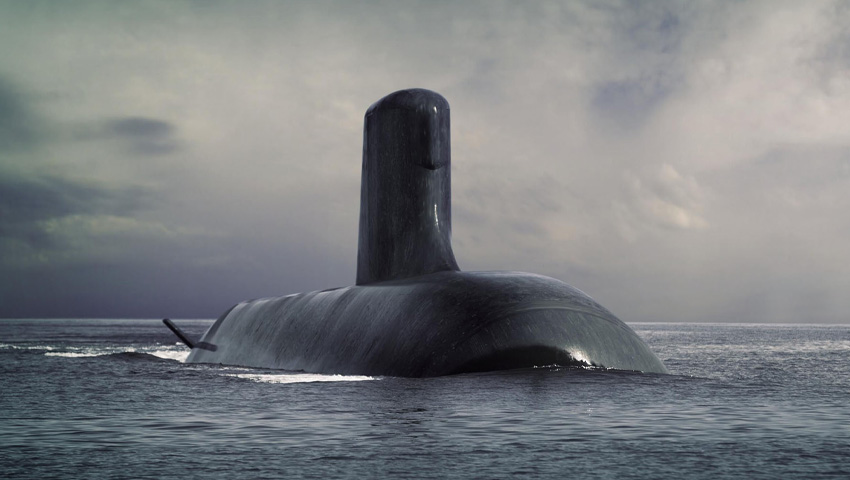Over 700 Australian and international companies, research and development and educational institutions have gathered at the Pacific 2019 International Maritime Exposition in Sydney to be updated on the largest defence contract in Australia’s history; the Attack Class submarine program.
The joint briefing involved the Future Submarine Enterprise partners – the Department of Defence and prime contractors Naval Group as the platform system integrator (PSI) and Lockheed Martin Australia as the combat system integrator (CSI).
This briefing continued the Australian industry engagement undertaken to date, demonstrating an enduring commitment to maximising opportunities for Australian industry to be involved in the program, an essential part of delivering a sovereign submarine capability for Australia.
Attendees were provided with an update on the Attack Class program from the design to the progress of the Submarine Construction Yard being built in Adelaide. They will also be provided with a detailed overview of upcoming procurement activities and how to get involved.
For the first time, attendees will hear from some of the program’s tier one suppliers, including:
- MTU and Penske Power Systems – awarded the contract for the design of diesel generator rectifiers for the Attack Class submarines; and
- Schneider Electric France and Schneider Electric Australia – awarded the contract for the procurement of the main direct current (DC) switchboards.
John Davis, chief executive, Naval Group Australia, welcomed the strong response from Australian industry, saying, "The purpose of today’s briefing is to reinforce to Australian industry that they will be the first point of consideration for the delivery requirements of the Attack Class program at every point of the design and build phase.
"To achieve this, we need to maintain a strong relationship with Australian industry to achieve long-term sustainable capability. Regardless of background industry, size or location, we want to hear from you."
To date, more than 951 organisations and 2,313 attendees have frequented these briefings, which have been held in Adelaide, Sydney, Melbourne, Brisbane, Perth and Hobart.
Joe North, chief executive of Lockheed Martin Australia and New Zealand, added, "For the Attack Class submarines, we are looking to Australian industry to support all facets of our combat system integration work, not only with us but also with our appointed suppliers.
"At Lockheed Martin Australia it is our approach to work with Australian industry, small to large, to discover and evolve the best of breed technology and to build that capability for Australia and our global customers."
The Attack Class submarines will be delivered as part of the $50 billion SEA 1000 Future Submarine Program. Naval Group will build 12 regionally-superior submarines to the Royal Australian Navy.
Naval Group's successful Shortfin Barracuda design, which serves as the basis for the new Attack Class, is a conventionally-powered variant of the nuclear-powered Barracuda fast attack submarine currently under construction for the French Navy.
Lockheed Martin will provide the AN/BYG-1 combat control system, which provides an open-architecture submarine combat control system for analysing and tracking submarine and surface-ship contacts, providing situational awareness as well as the capability to target and employ torpedoes and missiles.
The 12 vessels will be built by Naval Group at a specialist submarine shipyard at Osborne, South Australia. The Commonwealth government’s Australian Naval Infrastructure (ANI) program will support the development of the future submarine shipyards.
The Commonwealth government formally signed the strategic partnering agreement (SPA) with Naval Group in February 2019 ahead of confirming the final design specifications and requirements for the Attack class submarines.
The Attack Class will enter service with the Royal Australian Navy at a time when 50 per cent of the world’s submarines will be operating in the Indo-Pacific region.



